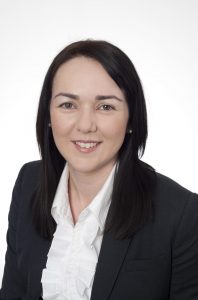Talk, talk, talk…. but to what end? Being an effective communicator is critical to success in work and life. I consider myself in the business of communicating, which includes asking the right questions, understanding the answers, clarifying the points and making the complex simple, in order to get the desired outcomes for my clients.
We’re all getting busier, time seems to evaporate and we need to understand and be communicated with quickly but effectively. The key to success is to know your audience and communicate with them accordingly. Remember the golden rule “Do not treat people the way that you like to be treated, unless they are like you!” Communication theorist, Milton Bennet, points out that many communication problems stem from assuming that other people are like us – then treating them that way.
The key to communicating successfully is to provide the information that they want and need to hear in a manner that is meaningful to them. Taking time to find out their needs will ensure that they take you and your message more seriously. Here are a few more tips I’ve picked up along the way.
Put Yourself In Their Shoes – Try to determine what information you need if you were in their position. Once you figure that out, choose the delivery method. Deliver the high-level information first and then summarise. Make sure you have detailed data to back up your information, and that you can answer any questions they may have.
Keep It Simple – Try to communicate with as few words as possible, without losing your message. It takes longer to write a clear, concise sentence than a long one, but a short sentence may be read whereas a long one can be overlooked. Be inspired by the wise words of Ludwig Mies van der Rohe “Less is More”. Be mindful of jargon, acronyms and be consistent with terms used.
Be clear, crystal clear – Be clear in what you want to say. Understand the priorities, pressure points and other commitments. Do not confuse what is being said, with what is being thought. Always get agreement on the next steps, responsibilities and timings so that all parties know what is going to happen.
Establish a relationship based on trust – Be open and honest when communicating. Do not hide things from your audience, as chances are they will find out, and once that trust is broken it may never be fixed. They may not need to know all the details but they do need to know that something has occurred and whether or not the problem is being addressed. If you don’t have all the answers it is OK to admit that as long as you can follow up with who is working on the problem and when you expect to have the answers. I am reminded of the words of Paul J Meyer, “Communication – the human connection – is the key to personal and career success.”
I believe the ability to communicate is today’s currency to get things done. I’ll leave you with another of my favourite quotes on the topic, by George Bernard Shaw “The single biggest problem in communication is the illusion that it has taken place.”
Seek first to understand, then to be understood.
Steve Covey






